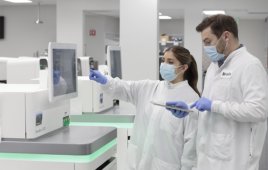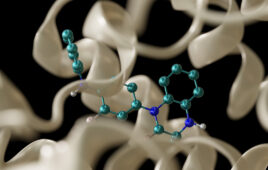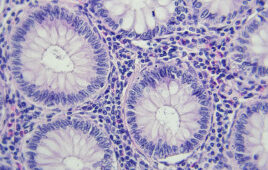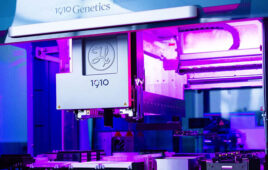When a cell begins to multiply in a dangerously abnormal way, a series of death signals trigger it to self-destruct before it turns cancerous. Now, in research to appear in Genes & Development, Rockefeller University scientists have figured out a way in mice to amplify the signals that tell these precancerous cells to die. The trick: Inactivating a protein that normally helps cells to avoid self-destruction.
The work, led by Hermann Steller, Strang Professor and head of the Laboratory of Apoptosis and Cancer Biology, is the first to reveal the mechanism by which a class of proteins called IAPs regulates cell death. By exposing the mechanism in a living animal, the finding also marks a breakthrough in the field and opens the door for developing a new class of drugs that could aid in cancer therapy and prevention.
“In a way, these mice are guiding clinical trials,” says Steller, who is also a Howard Hughes Medical Institute investigator. “We now can study how IAPs contribute to the development of cancer in a living animal and develop drugs to prevent or thwart the disease.”
Release date: August 15, 2008
Source: The Rockeller University
Filed Under: Genomics/Proteomics




